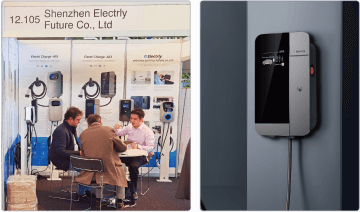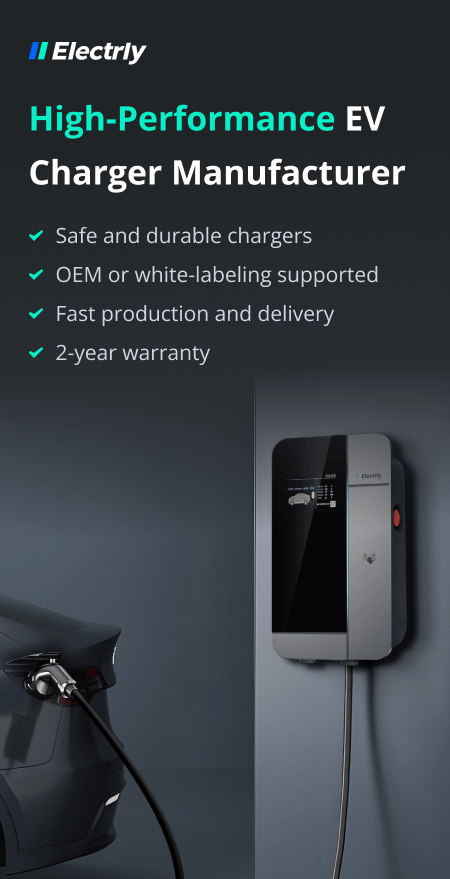Electric cars look set to be our future. With no tailpipe emissions, they make living in a city safer and lead to much-improved air quality.
California is a world leader when it comes to EV adoption. This is helped massively by the many different incentive programs offered to buyers.
This article at Electrly lists EV programs and projects you can apply for in California to receive tax rebates or even money off the purchase price.
Clean Vehicle Rebate Project (CVRP)
The Clean Vehicle Rebate Project (CVRP) is California’s in-state program to encourage electric car ownership. It’s only available to Californians and California associates. You can receive up to $7,000 in rebates.
- Battery EVs are eligible for between $2,000 and $4,500, depending on the make and model.
- Hydrogen fuel cell vehicles receive between $4,500 and $7,000.
- PHEVs (hybrids) might mean you receive between $1,000 and $3,500.
The CVRP is only available for BEVs if you fall below the following thresholds for annual income:
- Single filers: $135,000
- Head-of-household: $175,000
- Joint filters: $200,000
It’s available to all income levels if you purchase a hydrogen fuel cell car.
There are several other eligibility requirements you need to check. You’ll find them on the official CVRP website.
You have 90 days to apply for a CVRP rebate after the date of purchase or lease. Some parts of the scheme require you to make decisions within 60 days, so it’s best to file immediately or as soon as possible.
This scheme is all about driving the adoption of EVs (whether battery- or fuel-cell-powered) and hybrids. You’ll receive your money on a first-come, first-served basis. The funds aren’t always available. If you apply at one of these times, you’ll be placed on a waiting list to receive your rebate.
Federal Tax Credit
The 2023 federal tax credit becomes active in the middle of April. It involves up to $7,500 in tax credits (depending on several factors). In 2024, this will change to an immediate discount at the point of purchase.
To be eligible, the car must be new, manufactured in North America (as determined by the VIN), and cost less than $55,000 ($80,000 for SUVs, pickup trucks, and vans).
You must earn below the following applicable thresholds:
- Joint filers (married couples): $300,000
- Head-of-household: $225,000
- Everyone else: $150,000
When it comes to the EV itself, the eligibility factors are challenging. Most vehicles don’t yet meet the full criteria for the battery and car production processes. As such, most people won’t be able to claim the full $7,500 for a couple of years yet.
The eligibility factors also change year-on-year, so watch for this if you apply between 2024 and 2032.
Claim your tax rebate in 2023 through Form 8936.
California Clean Fuel Reward
The California Clean Fuel Reward is delivered by the California Air Resources Board. This program awards clean-air EV buyers a $750 rebate if they purchase from a participating dealership.
The battery must be over 5 kWh, meaning all BEVs and the vast majority of hybrids (PHEVs) are included.
You must live and register the car in California to qualify.
Clean Cars for All/Consumer Assistance Program (CAP)
The Consumer Assistance Program, known as CAP, offers money for retiring your old internal combustion engine-powered car. In other words, you must take it to a dismantler and have it taken out of commission.
Under the CAP, customers will be awarded one of the following amounts:
- $1,500 if your household income is less than or equal to 225% of the Federal poverty level.
- $1,000 if your household income exceeds 225% of the Federal poverty level.
Check out the 225% of the federal poverty level rates and how they impact the Consumer Assistance Program here.
Clean Vehicle Assistance Program
The Clean Vehicle Assistance Program helps residents living in disadvantaged communities below set household incomes. For example, a household of two people must make less than $59,160, and a family of four must take home a combined total below $90,000.
The full list of eligibility criteria can be found by following the link.
Under the Clean Vehicle Assistance Program, you’ll apply for the grant before purchasing the vehicle. Once approved, the money is delivered to the dealer, and you receive that amount off the purchase price.
The amount you’ll receive depends on your household income. BEVs (battery-powered vehicles) and FCEVs (hydrogen fuel cell cars) receive up to $7,500, while PHEVs (hybrids) might result in a grant of up to $7,000.
Up to $2,000 might also be available in a charging grant for BEVs and PHEVs.
Apply by filling out the application and waiting to hear back from the grant program.
Carpool Lane Access (Clean Air Vehicle Program)
The Clean Air Vehicle Program allows EV drivers to use carpool (High Occupancy Vehicle/HOV) lanes.
After successfully applying, you’ll receive decals to attach to your vehicle. These permit you to use the carpool lanes at any time other than when minimum vehicle occupancy levels are specifically posted. You can still use the lanes if you have the relevant number of passengers.
The Clean Air Vehicle Program (Carpool Lane Access) isn’t available to customers who purchase an FCEV and have an income above the following:
- Single filers: $150,000
- Head-of-household: $204,000
- Joint filers: $300,000
After checking your car’s eligibility via the California Air Resources Board (CARB), you’ll fill out a REG 1000 form (PDF) and send it along with the appropriate fee to the shown address.
Find more information on the official website.
Conclusion
California is one of the most progressive places in the country (and the world) regarding EV adoption. There are plenty of incentives out there, as shown on this page.
Double-check that you can mix and match when deciding on the best way to get some money back as a tax rebate or grant. Some programs won’t allow you to apply for state and federal options at the same time, for example.
Get in touch with the California Air Resources Board for any further questions!
You can also learn more about EV incentives in different states by following this link!


